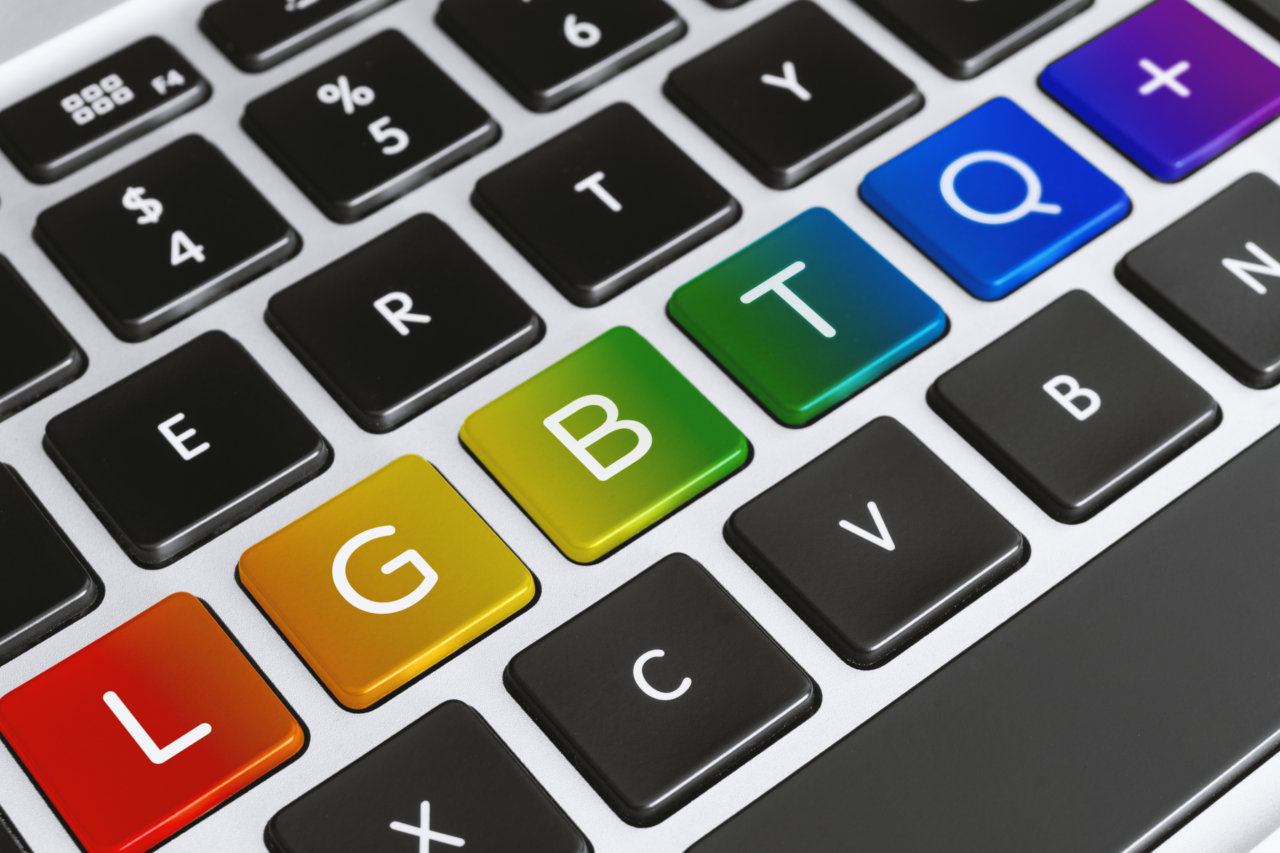Top LGBTQ+ Sites and Resources to Support Students
It’s estimated that nearly two million American youth aged 13-17 identify as lesbian, gay, bisexual or transgender

Updated June 3, 2025
According to data collected by the CDC, it’s estimated that nearly two million American youth aged 13-17 identify as lesbian, gay, bisexual, or transgender—representing a remarkable 9.5% of the total youth population.
What does that mean for educators? It means that, regardless of whether it’s apparent to others, there’s a good chance that at least a few students in any classroom may identify as LGBTQ+. These students are at relatively high risk for becoming the targets of bullies, violence, and even committing suicide.
To counter these risks, teachers can provide support to LGBTQ+ students through a variety of means, many of which don’t require knowing who might identify as LGTBQ+ in your classroom.
The following sites offer important information for educators (or anyone who works with young people) about how to create an environment that fosters learning and acceptance among all students, regardless of how they identify. All resources (save one) are free.
Top LGBTQ+ Sites and Resources
What’s Going On in This Graph? | LGBTQ Self-Identification
From the New York Times Learning Network, this article explores the variation in LGBTQ self identification across various demographics, including generation/age, ideology, location, and education. Questions about the featured graphs help students to focus on key aspects, while the article takes a deep dive into the topic as well as the intricacies of interpreting polling data. Ideal for high school students studying statistics or sociology. Free, no account required.
Best Practices for Serving LGBTQ Students
A comprehensive guide for teachers and administrators who wish to create an LGBTQ-inclusive school climate. Four key areas are examined closely: policies, classroom culture, instruction, and family and community engagement. Additionally, the publication offers guidance on navigating difficult conversations and potential conflicts. Read online or download the free PDF.
Historical Figures of LGBTQ+ History
The Gender and Sexuality Resource Center of the University of Northern Colorado spotlights notable authors, politicians, artists, activists, and others known to be part of the LGBTQ+ community. A great jumping-off point for a discussion of why the vast majority of LGBTQ+ people were not open about their identity in the past. Lesson idea: Ask students to identify an LGBTQ+ historical figure to add to this list and email the suggestion to the address given on the website.
Tech & Learning Newsletter
Tools and ideas to transform education. Sign up below.
LGBTQ Activism and Contributions
The Library of Congress offers a collection of primary source documents—images, videos, newspapers, audio, posters, and more — to illuminate the lives of selected LGBTQ+ people of the past 150 years. The Teacher's Guides and Analysis Tool page explains the basics of analyzing text, manuscripts, charts, and every other kind of primary source document, while the Primary Source Analysis Tool provides a simple template to help students organize and record their impressions.
What Does LGBTQ Stand For?
Abbreviations are convenient but sometimes confusing. Reader’s Digest brings clarity to the term LGTBQ+ with a brief history and explanation of the meaning, and how it’s developed over time.
It Gets Better EDU
These useful guides for educators and students feature such titles as “How to Make Your Classroom More LGBTQ-Friendly,” “LGBTQ+ Glossary,” and “ imi: A Mental Health Tool for LGBTQ+ Youth.”
Advocates for Youth Resources & Tools for Professionals
Explore curricula for topics such as HIV prevention, sex education, cultural responsiveness, dating violence, and creating safer spaces for LGBTQ+ youth.
Just the Facts about Sexual Orientation and Youth
The American Psychological Association provides a free PDF primer for principals, educators, and other school personnel that explains the development of sexual orientation, efforts to change sexual orientation through therapy or religious ministry, and legal principles concerning the rights of lesbian, gay, and bisexual students. The pamphlet is a collaborative effort of 13 national groups, including the American Association of School Administrators, the American Federation of Teachers, and American School Health Association.
Gay, Lesbian & Straight Education Network (GLSEN): Educator Resources
A rich repository of lesson plans, curricula, administrator and professional development guides for those working in K-12 education. Particularly useful are the LGBTQ+-related book recommendations for elementary, middle, and high school students.
Wanda Sykes Takes Us Through the History of LGBTQ+ — Now You Know
Laughter brings people together, so take a brief trip through LGBTQ+ history with a humorous slant, courtesy of comic Wanda Sykes.
What Works for LGBTQ Students
Twenty years of data from the National School Climate Survey informs our current understanding of bias against LGBTQ+ kids in schools. This conversation with Dr. Joseph Kosciw, director of the Gay, Lesbian & Straight Education Network (GLSEN) Research Institute, explores experiences of students, how new terms emerged into common use, and how educators can support LGBTQ+ kids.
How to Make Your School LGBTQ Inclusive
A super-informative video that explains the benefits of creating a LGBTQ-inclusive classroom, and easy ways for teachers to do so.
History Unerased Intersections & Connections Curriculum
A primary source-based digital curriculum designed for integration within mainstream US history and social studies courses, Intersections & Connections covers U.S. history from colonial Jamestown through the 21st century. Included in the curriculum package are virtual professional learning sessions for teachers as well as informational sessions for parents. Explore the well-designed website to view curriculum examples, FAQs, and schedule a virtual private consultation. A single-teacher license is offered at the steeply discounted rate of $150 (one-time cost) for the full, supplemental curriculum, a $500 value.
Tech & Learning editor and contributor since 2010, Diana is dedicated to ferreting out the best free and low-cost tech tools for teachers.
